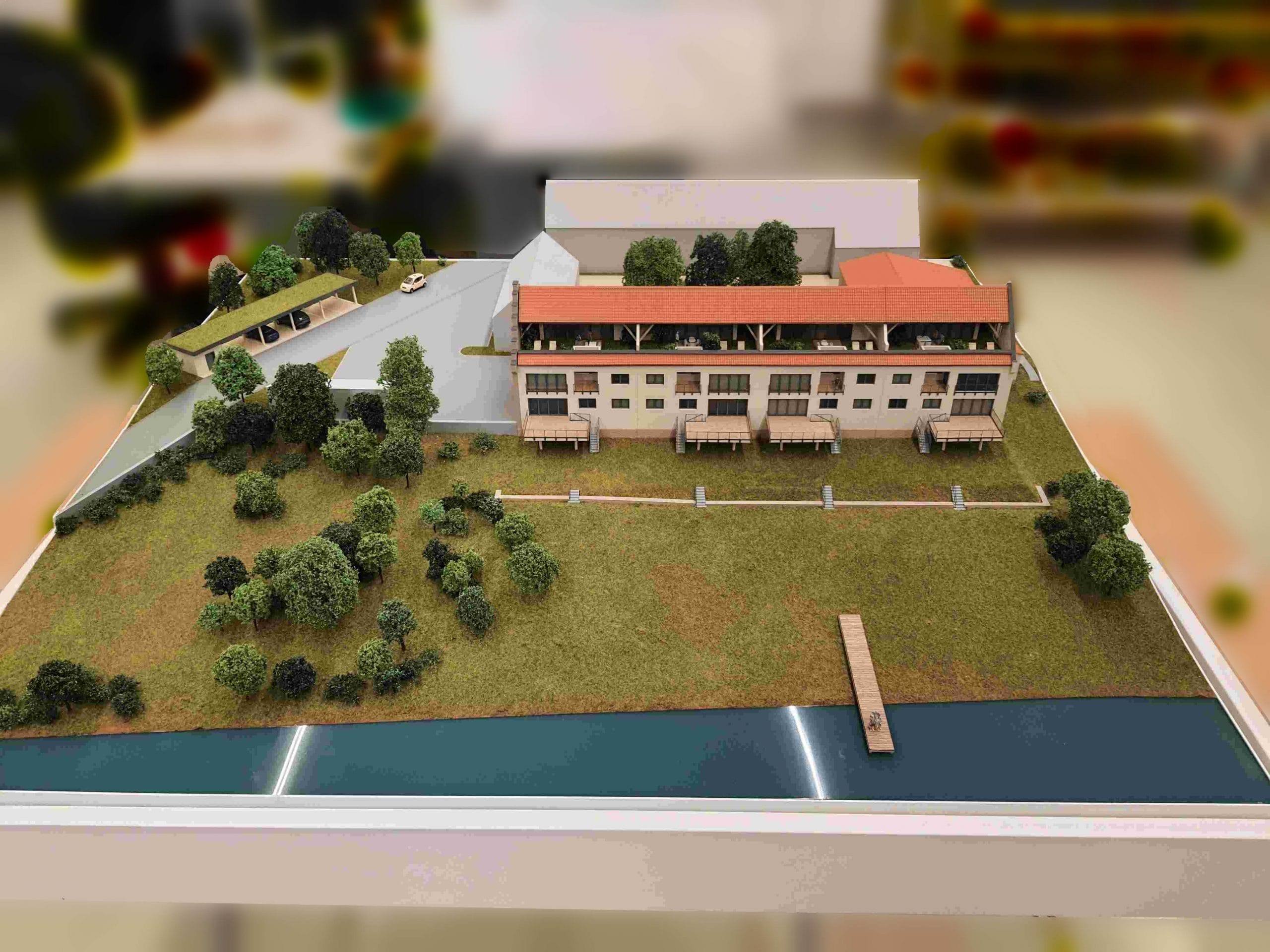Introduction: The Power of a Detailed Architectural Model
In the world of construction and real estate development, precision and foresight are non-negotiable. Developers are constantly seeking ways to improve efficiency, reduce costs, and enhance communication among stakeholders. One of the most effective tools to achieve these goals is a detailed architectural model. Whether physical or digital, these models provide a tangible and comprehensive view of a project before a single brick is laid.
At Architektur Modellbau, we understand how a meticulously crafted architectural model can be the linchpin for successful project execution. It brings blueprints to life, helps foresee design flaws, and enables stakeholders to visualize the end result clearly and compellingly.
In this article, we explore the critical reasons every developer should integrate architectural models into their workflow — not as an optional add-on but as a fundamental planning and communication tool.
The Fundamentals: What Is an Architectural Model?
An architectural model is a scale representation of a building or development. These models can be either physical (constructed using materials like wood, acrylic, or foam) or digital (3D models using BIM or CAD software).
Types of Architectural Models
- Conceptual Models: Used in early design stages to explore massing and spatial ideas.
- Working Models: Help architects and developers refine technical details.
- Presentation Models: Detailed, high-fidelity models used for client presentations or public exhibitions.
- Digital Models: Created using software like Revit or SketchUp, allowing real-time edits and immersive walkthroughs.
Each type plays a unique role in the development cycle and brings visual clarity to complex plans.
Why Developers Should Prioritize Architectural Models
1. Improved Visualization and Communication
Perhaps the most compelling benefit of architectural models is enhanced visualization. Developers, clients, investors, and contractors all interpret 2D blueprints differently. A model eliminates ambiguity and ensures all parties have a shared understanding of the design.
According to a survey by the American Institute of Architects (AIA), 78% of developers said architectural models improved stakeholder communication significantly.
With an architectural model in hand, presentations become more engaging, meetings more productive, and feedback more actionable.
2. Risk Reduction and Error Minimization
Mistakes in design or construction can lead to costly rework. By investing in a detailed architectural model early on, developers can identify spatial conflicts, structural issues, and design inconsistencies long before they become real-world problems.
A digital model also allows developers to run simulations—from airflow and lighting to structural integrity—greatly reducing the risk of late-stage design changes.
3. Streamlined Planning and Permitting
Urban planning boards and permitting authorities often require clear visual representation of proposed developments. Architectural models—especially those with landscaping and contextual surroundings—make it easier for officials to assess project feasibility, expediting approval timelines.
This is particularly valuable in high-density or historically sensitive zones, where public scrutiny can be high and visual transparency is essential.
4. Enhanced Client and Investor Confidence
A well-crafted architectural model can transform a pitch. Instead of abstract floor plans or dull schematics, a developer can present a tangible preview of the future structure. This builds trust and excitement among clients, partners, and investors.
Research from McKinsey & Company shows that visual presentations can increase investor buy-in by up to 60%.
It’s not just about impressing stakeholders—it’s about inspiring confidence and creating alignment from the start.
5. Better Coordination Between Teams
Large-scale developments often involve multiple disciplines—architecture, structural engineering, HVAC, plumbing, interior design, and more. A shared architectural model serves as a central reference point, enabling smoother coordination.
This is especially true for digital models integrated into BIM (Building Information Modeling) workflows, where every stakeholder can access, edit, and collaborate in real time.
Integrating Architectural Models into Modern Development Workflows
Physical vs. Digital Models: Which Is Better?
Both have their advantages:
- Physical Models offer tactile feedback and visual impact, ideal for presentations.
- Digital Models offer flexibility, scalability, and integration with analytical tools.
At Architektur Modellbau, we recommend a hybrid approach: start with a digital model for design iterations, then translate it into a physical model for stakeholder engagement.
Technologies Behind Architectural Model Making
Modern architectural model making employs advanced tools like:
- Laser cutting
- 3D printing
- CNC milling
- VR and AR visualization
- BIM software integration
These innovations ensure precision, speed, and realism, making it easier for developers to stay ahead in a competitive landscape.
Case Studies: Real-World Impact of Architectural Models
Urban Redevelopment in Berlin
A real estate firm planning a mixed-use development in central Berlin partnered with Architektur Modellbau to create a detailed site model. The physical model not only helped secure city approval faster but also drew media attention, increasing public interest and accelerating pre-leasing activities.
Luxury Villa Project in the Alps
In a luxury villa development in Switzerland, the use of a high-resolution digital architectural model allowed the client to customize finishes and layouts remotely, saving weeks of decision-making time and reducing change orders during construction.
Frequently Asked Questions (FAQs)
What is the primary purpose of an architectural model?
An architectural model serves as a visual and functional representation of a proposed development, used to communicate design intent, assess feasibility, and align stakeholders.
Are digital architectural models better than physical ones?
Not necessarily. Digital models offer flexibility and collaboration, while physical models provide tactile clarity and are more engaging for presentations. Combining both often yields the best results.
How much does a detailed architectural model cost?
Costs vary based on size, complexity, and materials. At Architektur Modellbau, basic models can start at a few hundred euros, while large-scale, high-detail models may range into the thousands.
How long does it take to create an architectural model?
A simple digital model can be completed in days. High-fidelity physical models may take several weeks, depending on the scale and customization required.
Do architectural models help with planning approvals?
Yes. Many urban planning departments prefer or require visual representations like architectural models to evaluate zoning, height restrictions, and environmental impact.
Final Thoughts: An Indispensable Asset for Every Developer
In an industry where precision, persuasion, and performance determine success, an architectural model is more than a visualization tool—it’s a strategic advantage. From reducing risk and improving communication to accelerating approvals and boosting investor confidence, the benefits are far-reaching.
Architektur Modellbau has helped countless developers bring their visions to life with expertly crafted models that impress, inform, and inspire. Whether you’re working on a commercial high-rise, residential estate, or urban master plan, don’t overlook the power of a detailed architectural model.
Ready to Elevate Your Next Project?
Let Architektur Modellbau be your partner in precision. Contact us today to explore how our custom architectural models can transform your development from concept to reality. Visit our website for samples, pricing, and expert advice.











Leave a Reply